Variety and Contrast
I. Variety and contrast - Variety refers to having a diversity of elements in a composition, while contrast refers to those abrupt changes when unlike elements are juxtaposed. Variety and contrast can be achieved through:
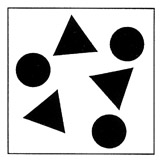
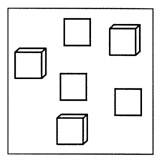
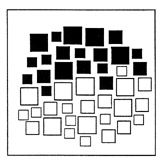

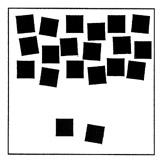
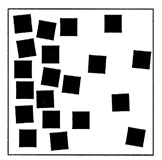

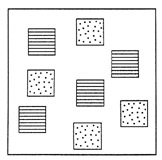
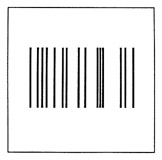
Visual Elements
Focal Point
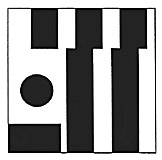
where it becomes the focal point, while other
elements may be contrasted to become
secondary or tertiary areas of emphasis.